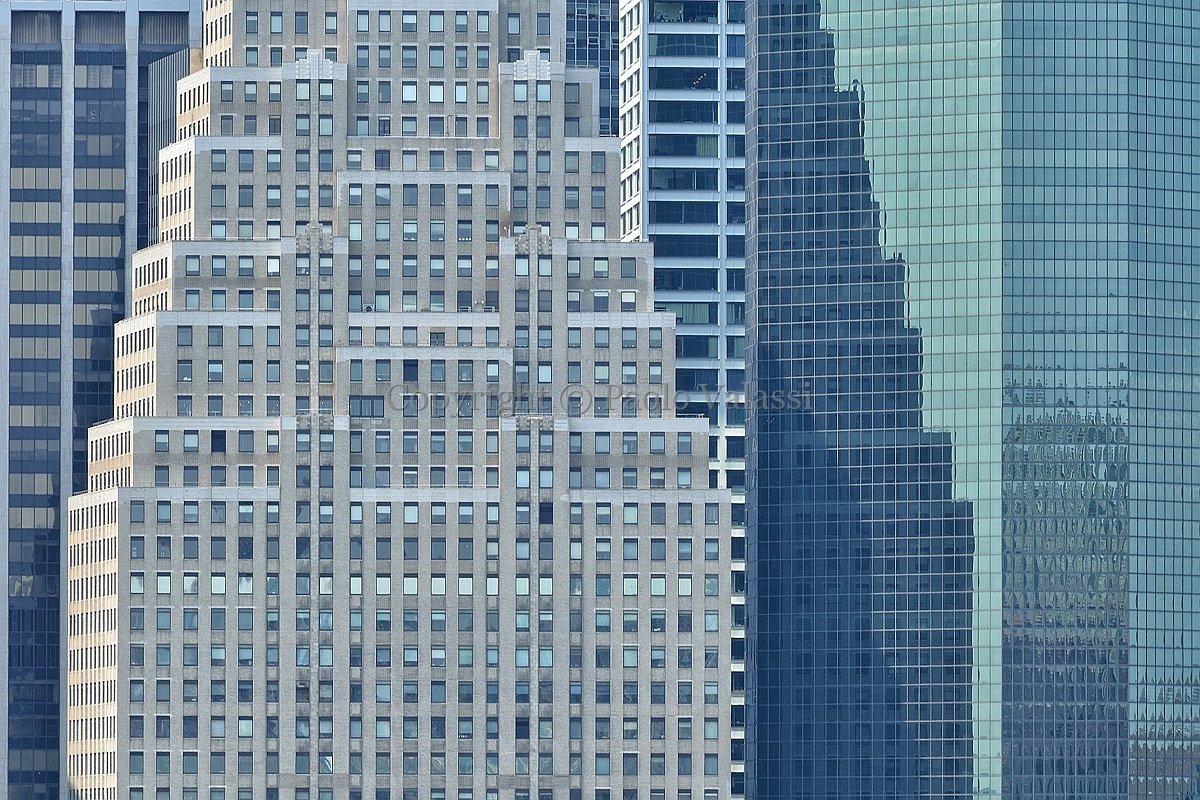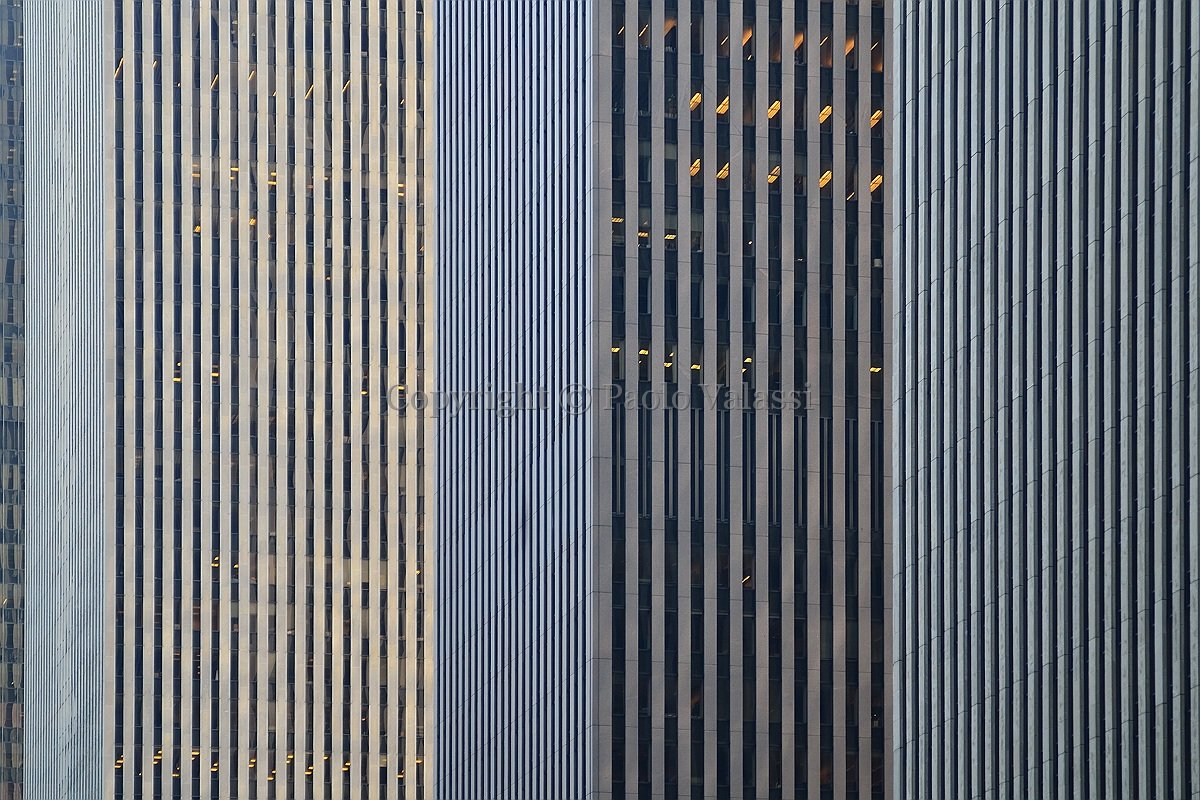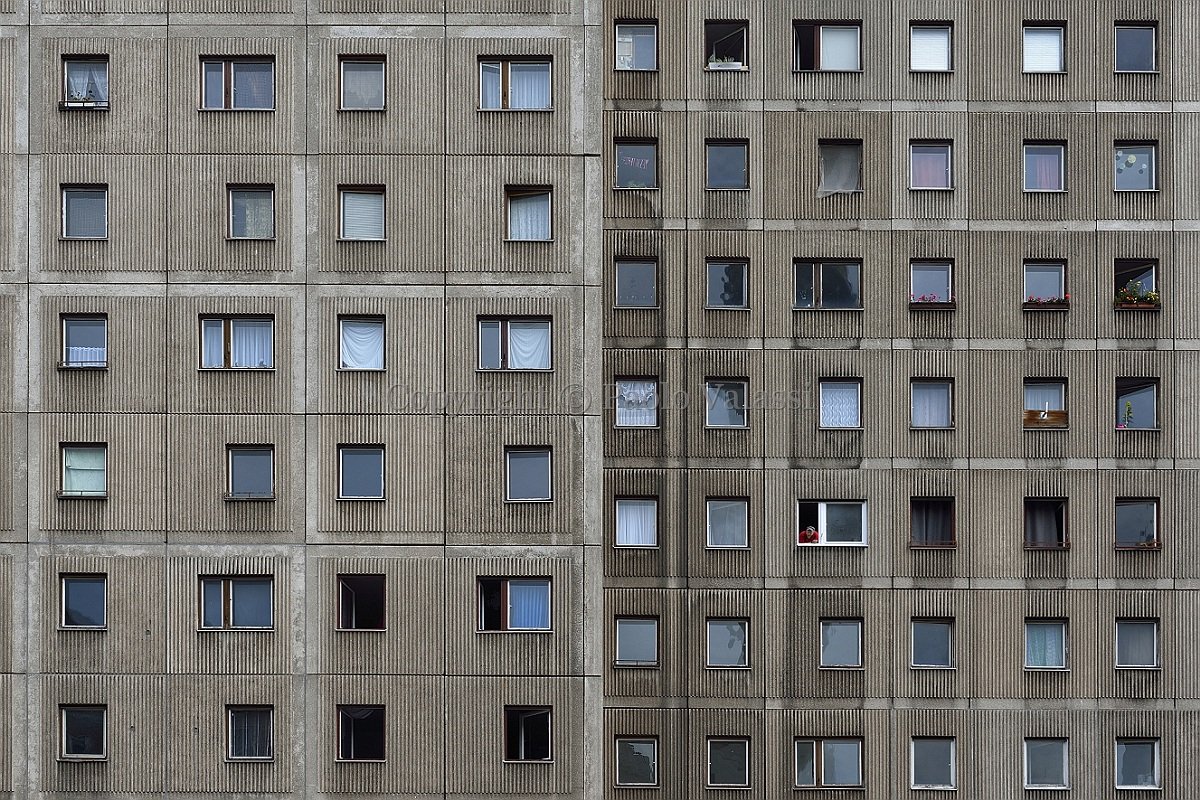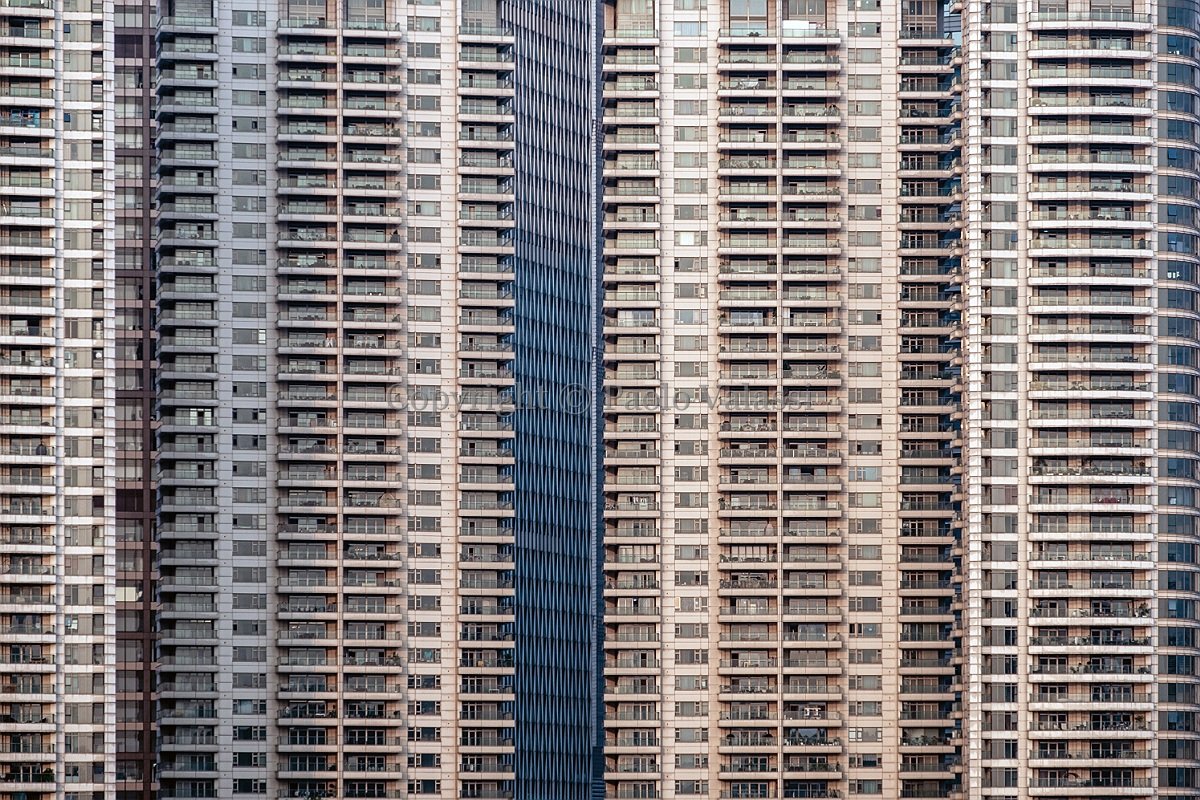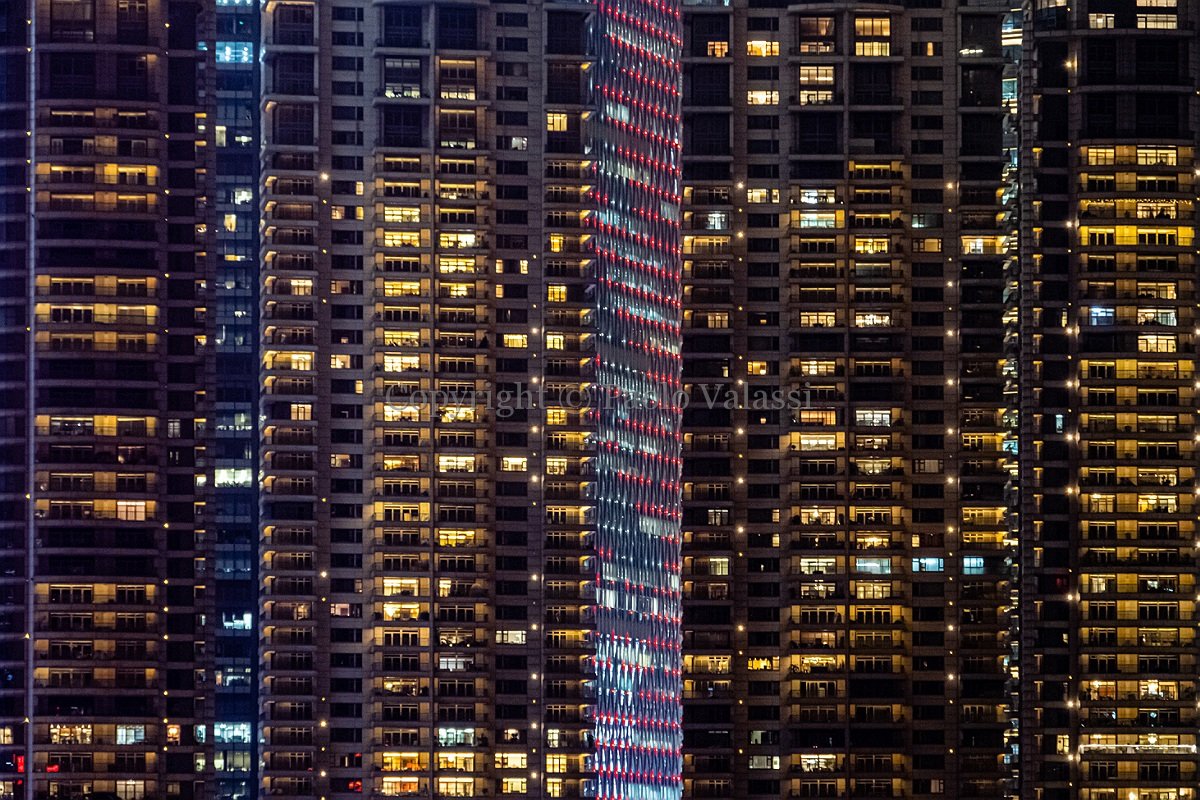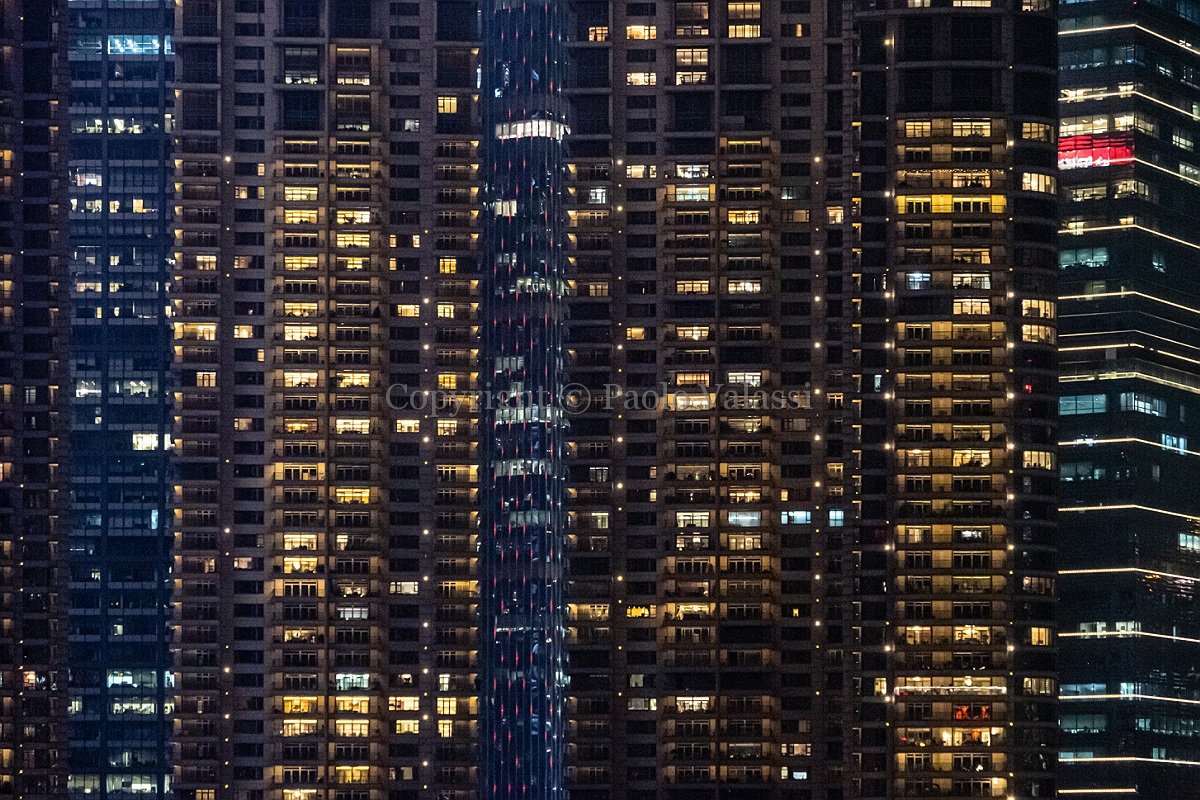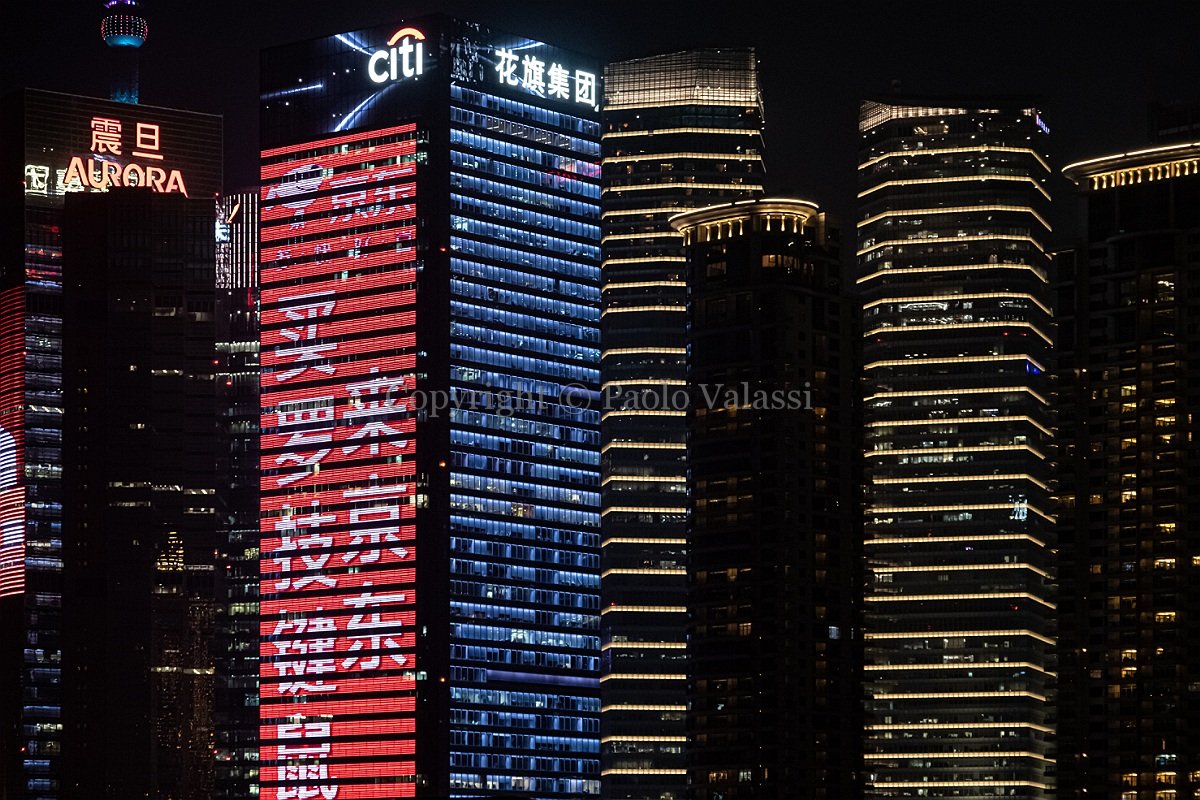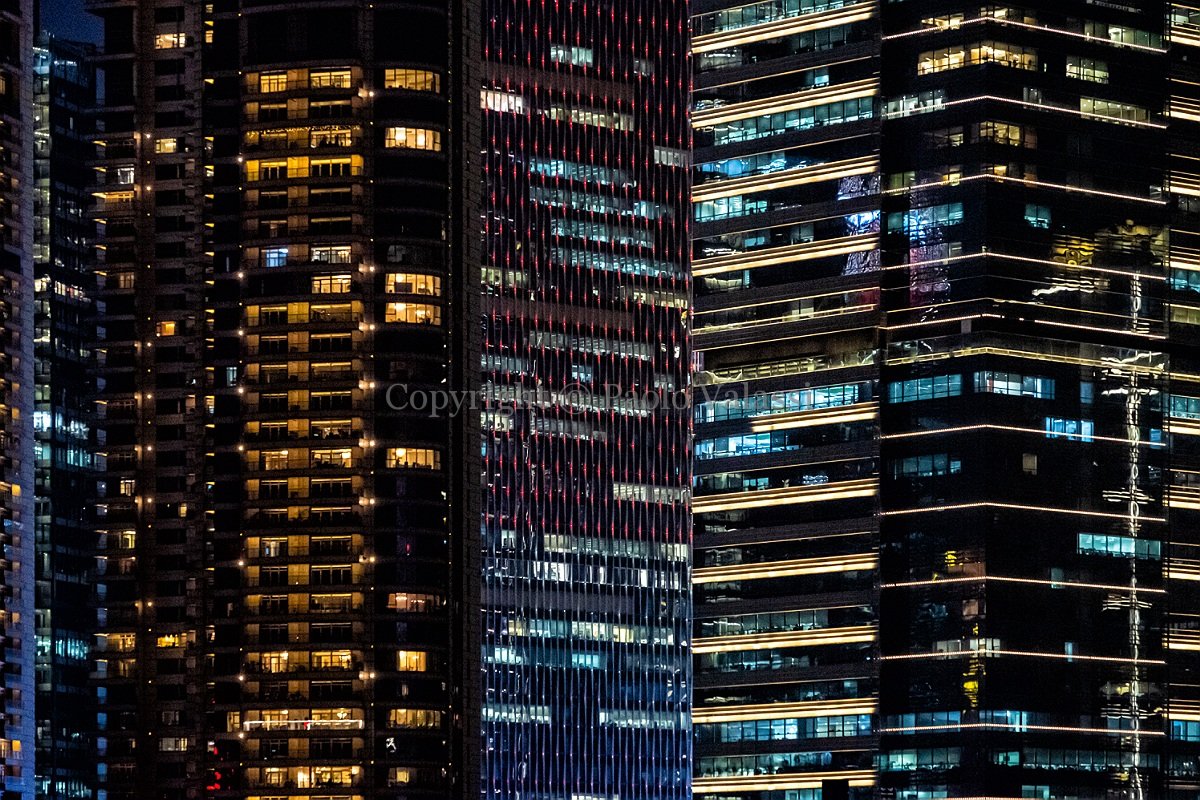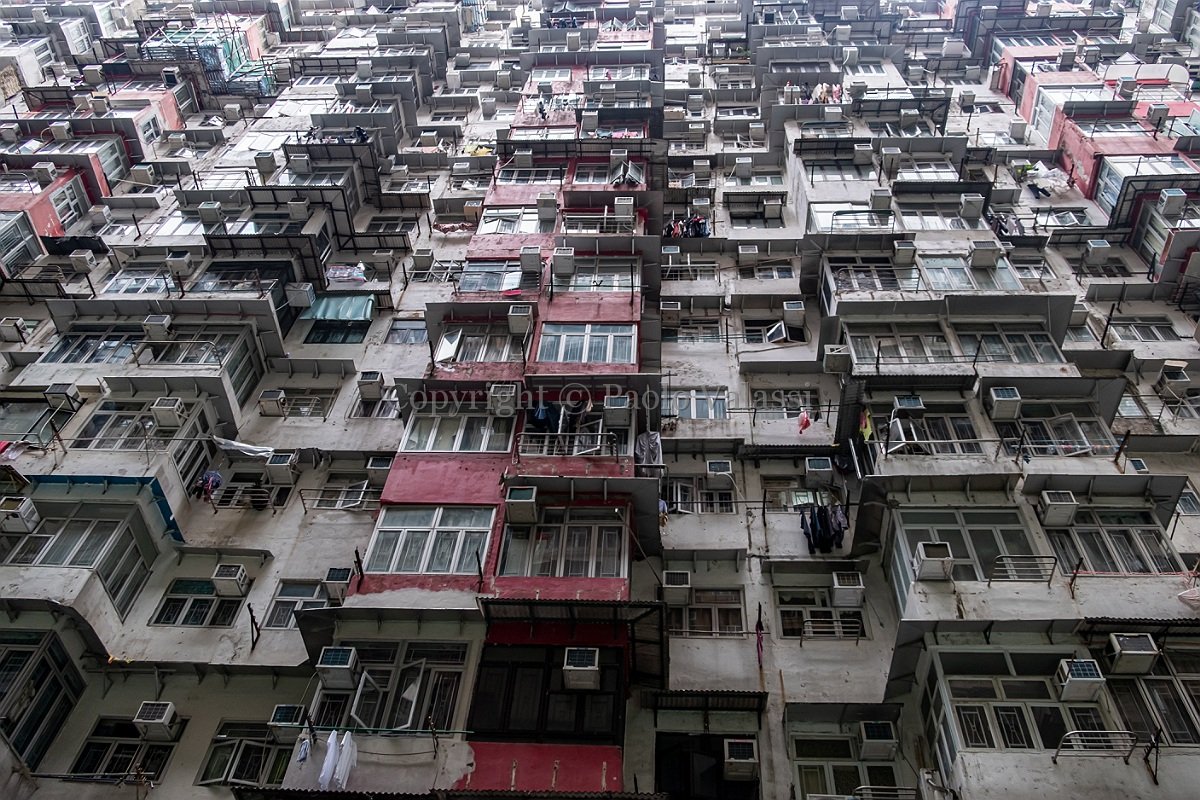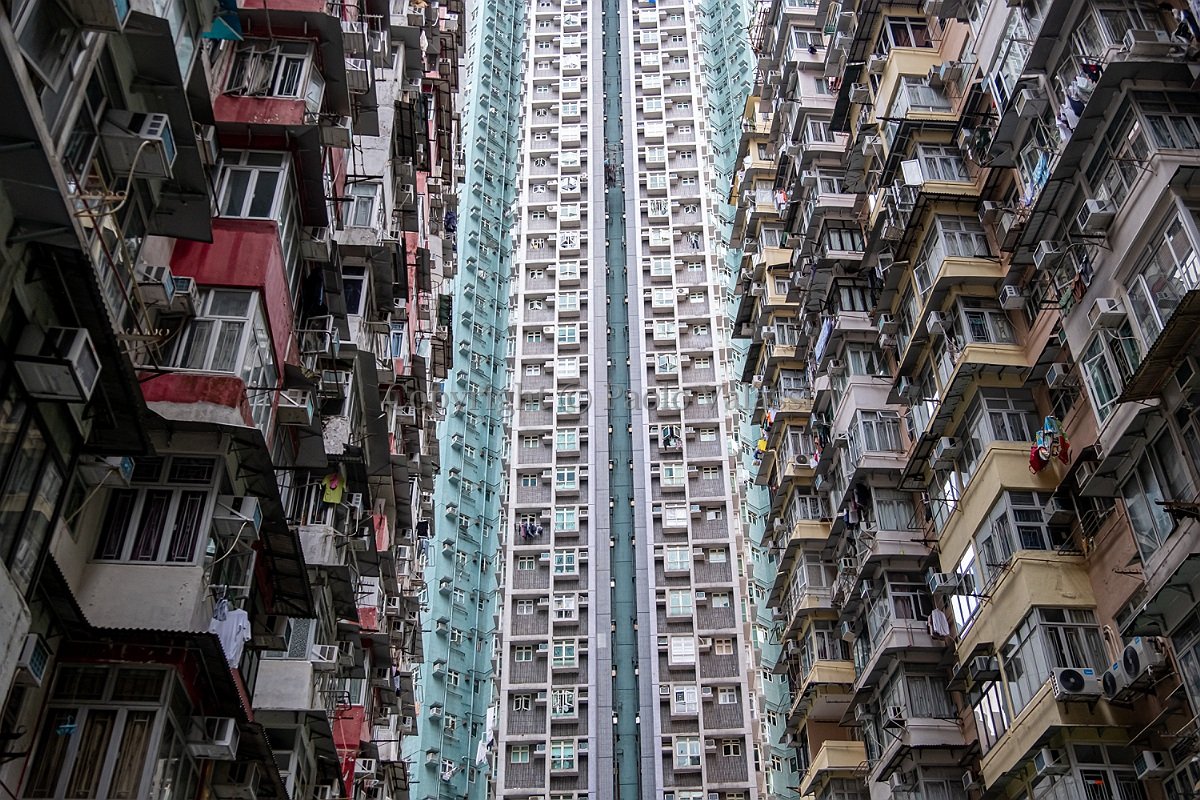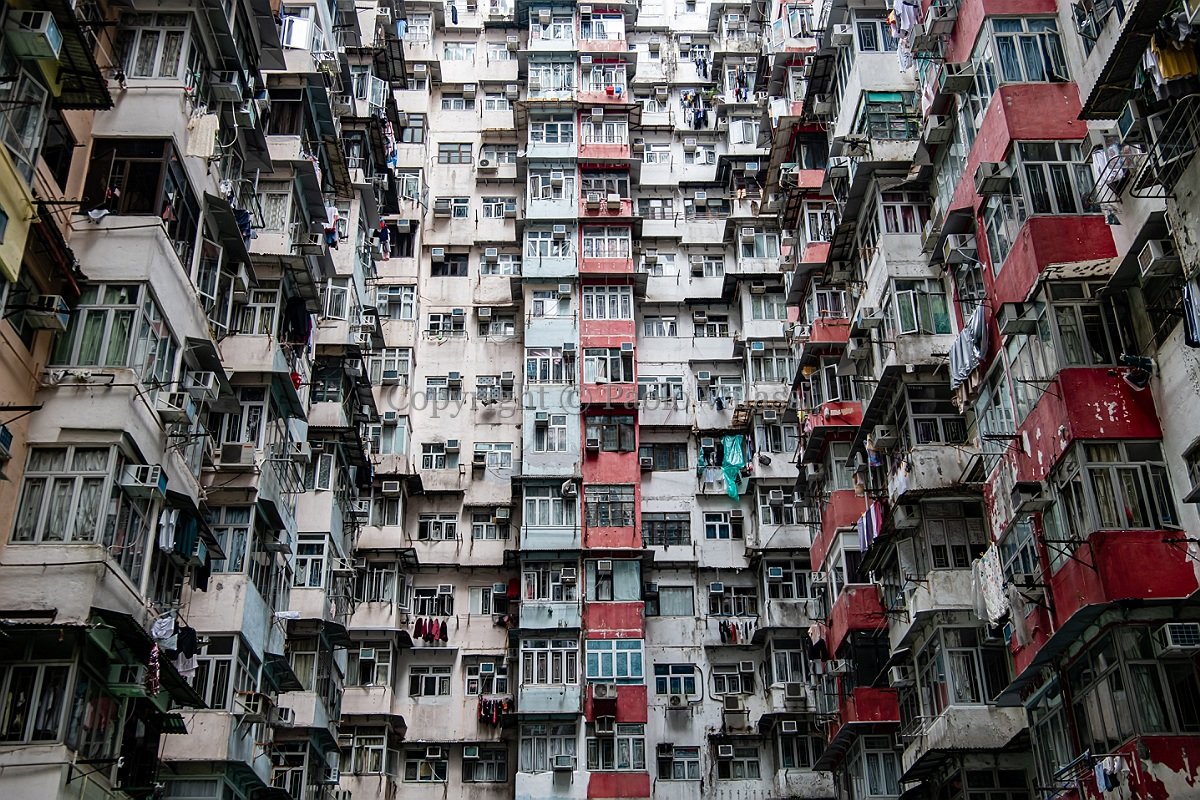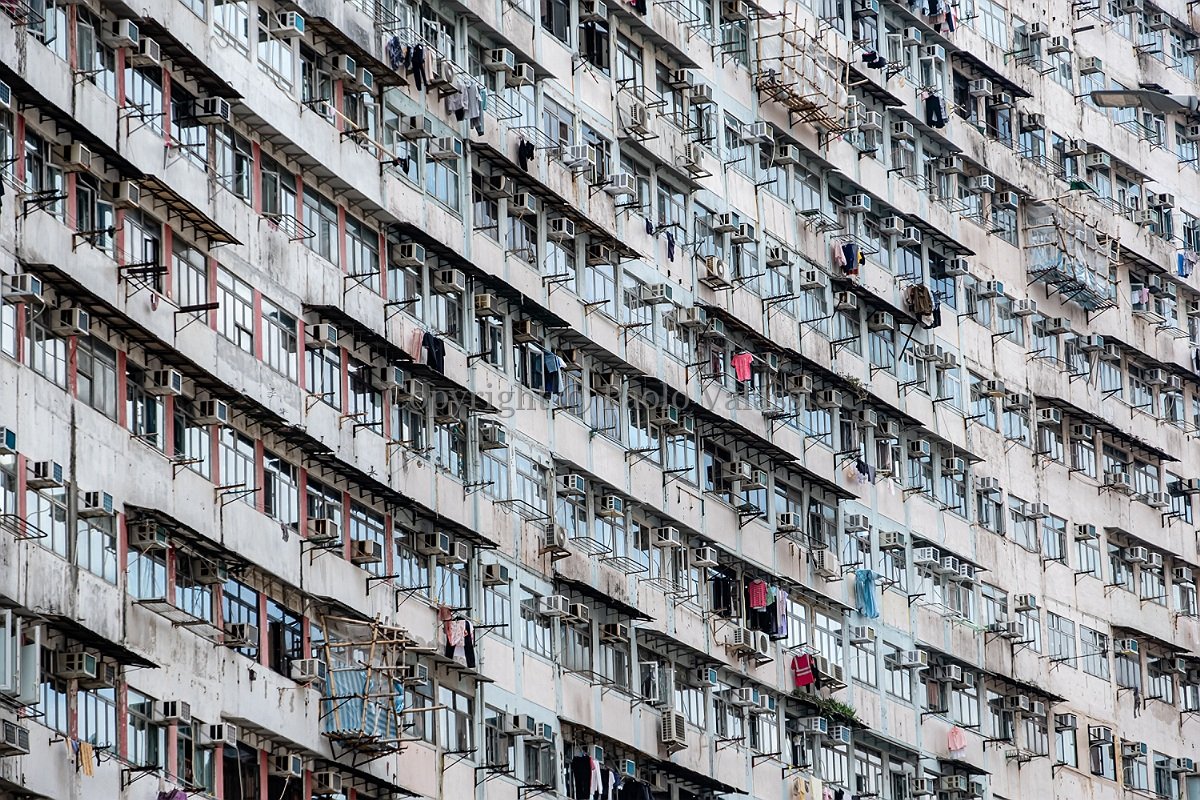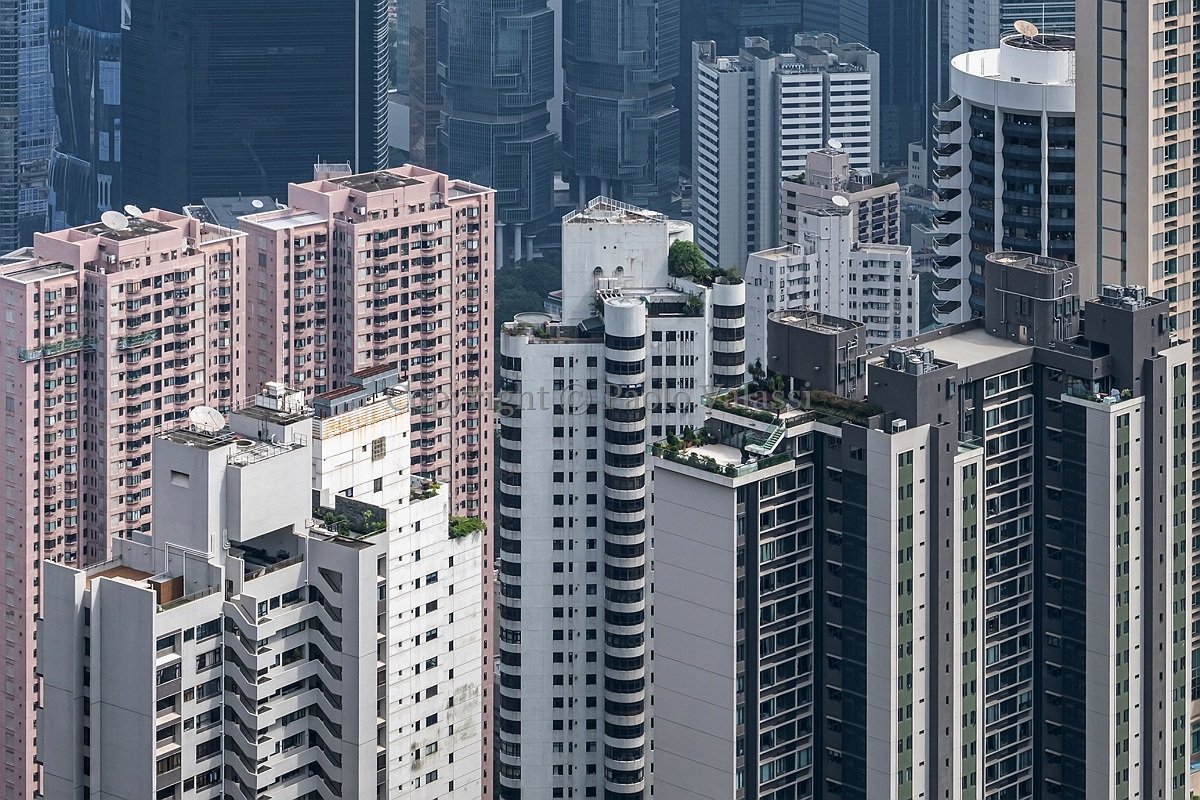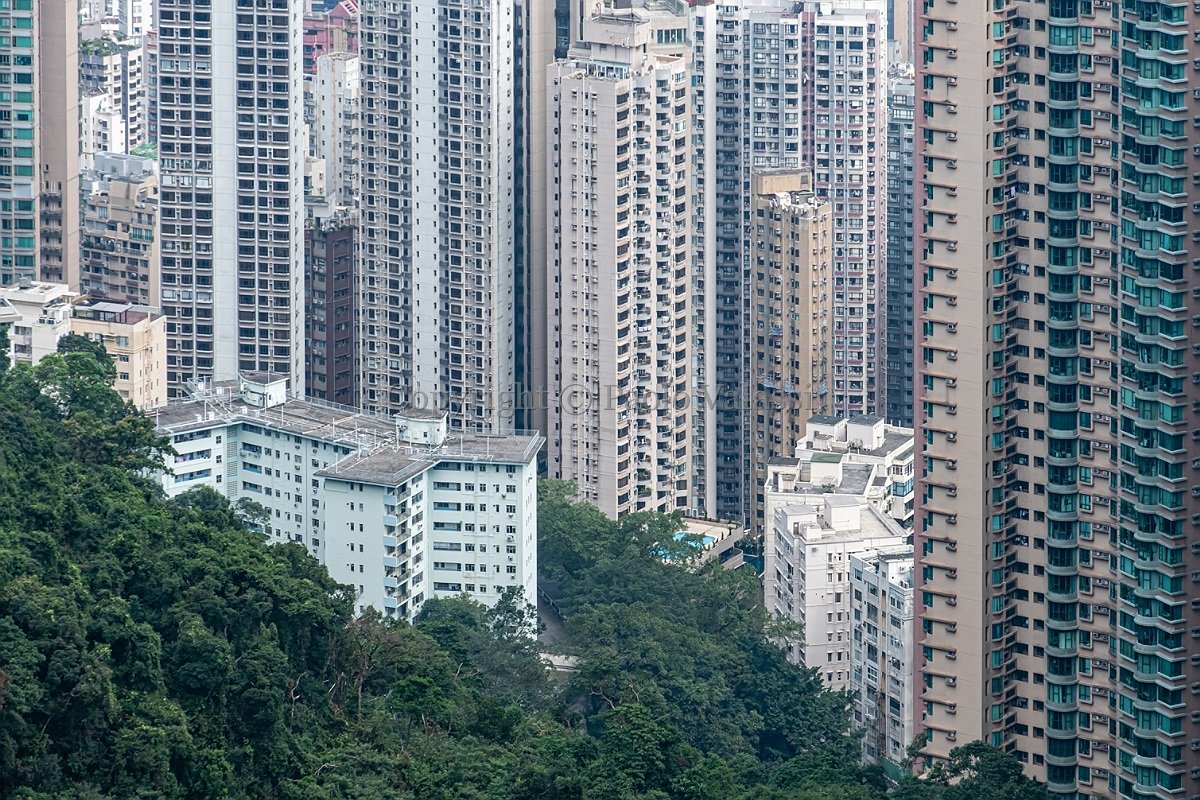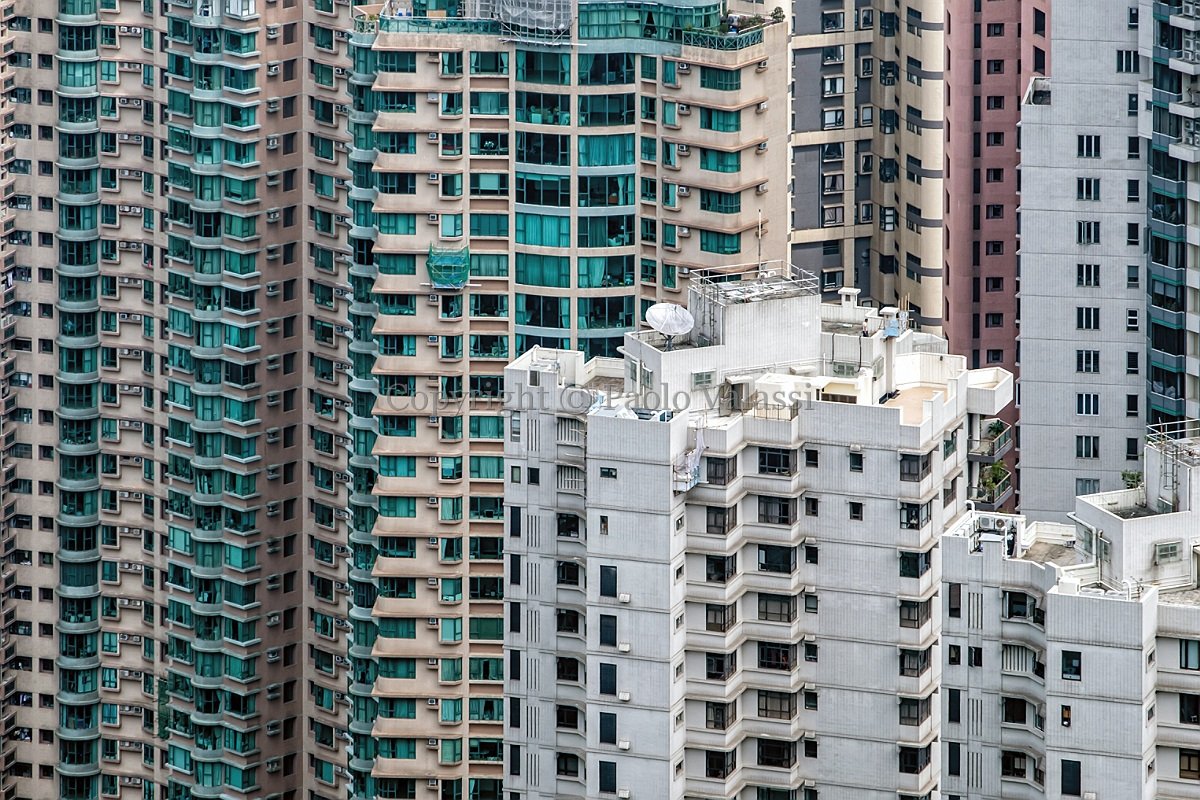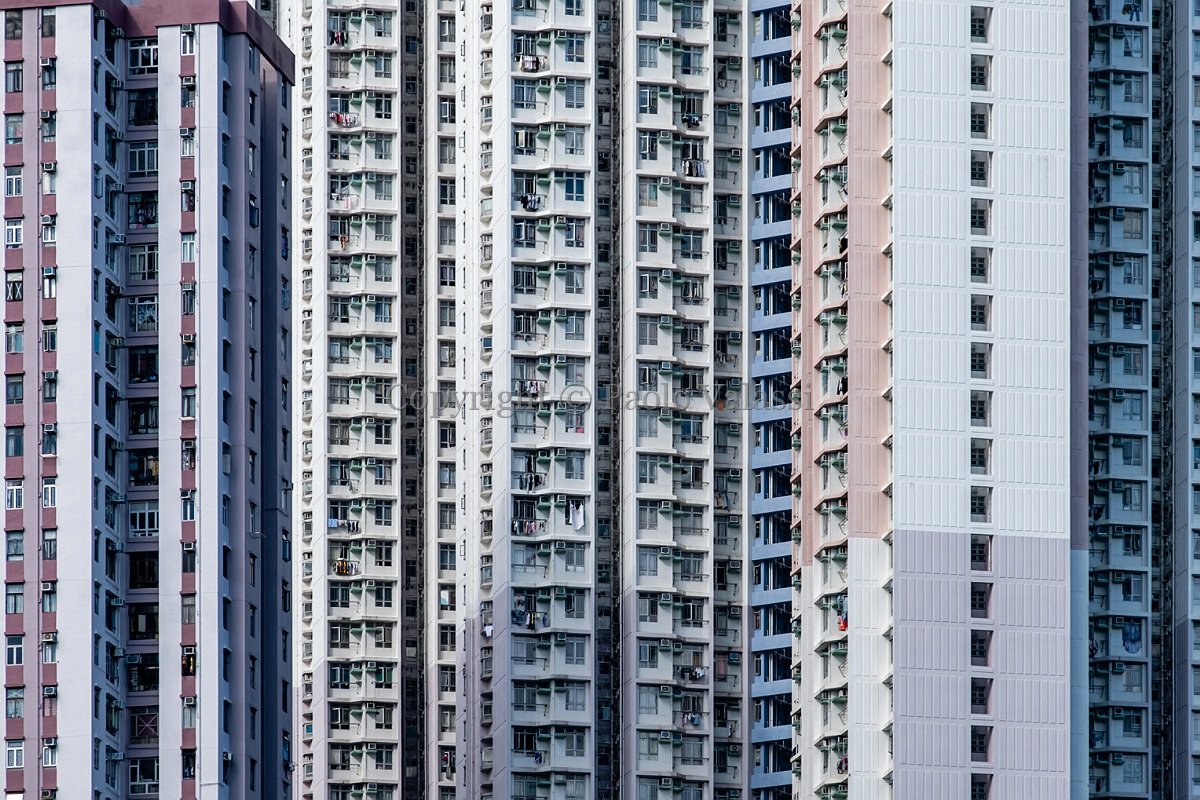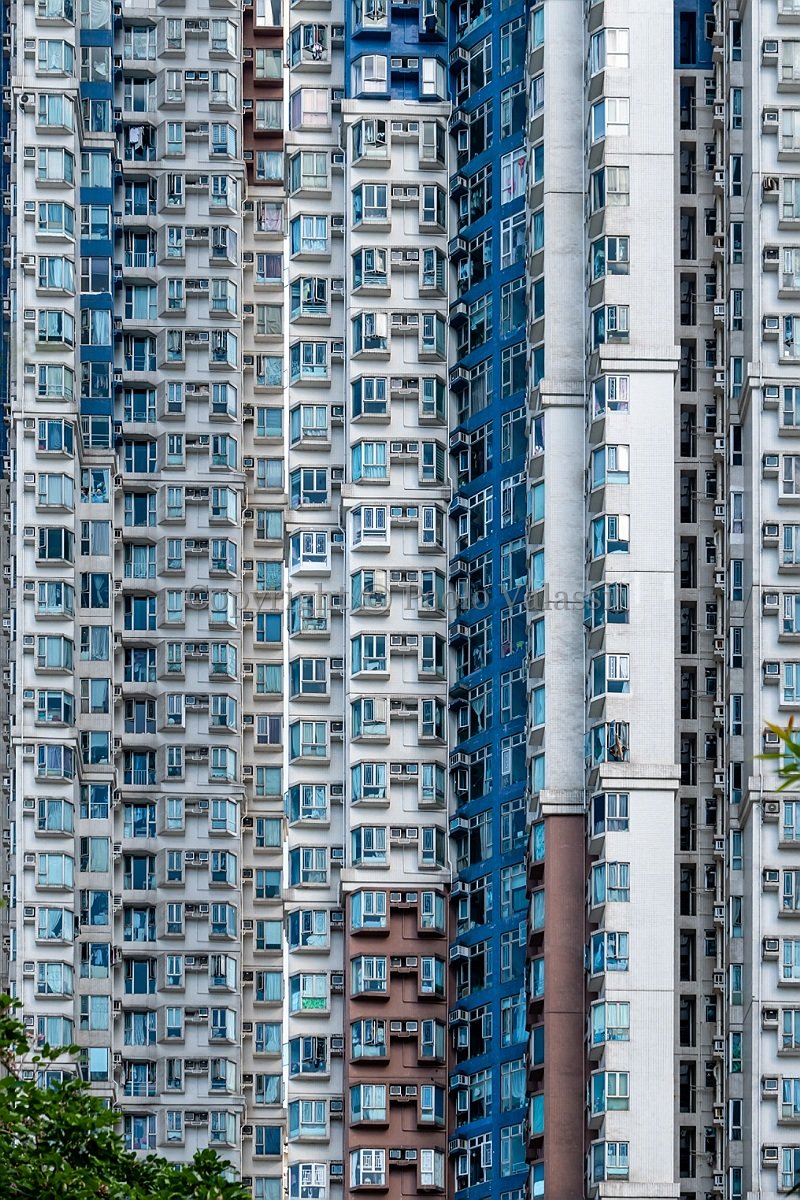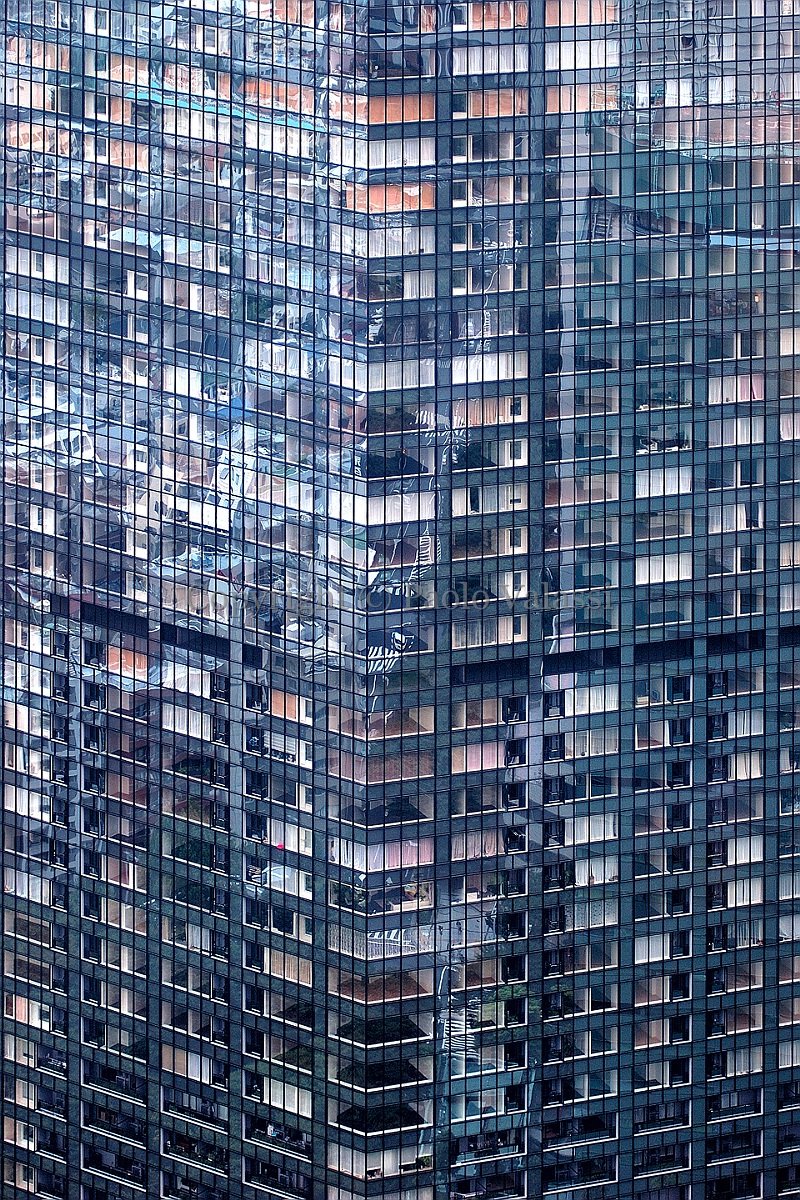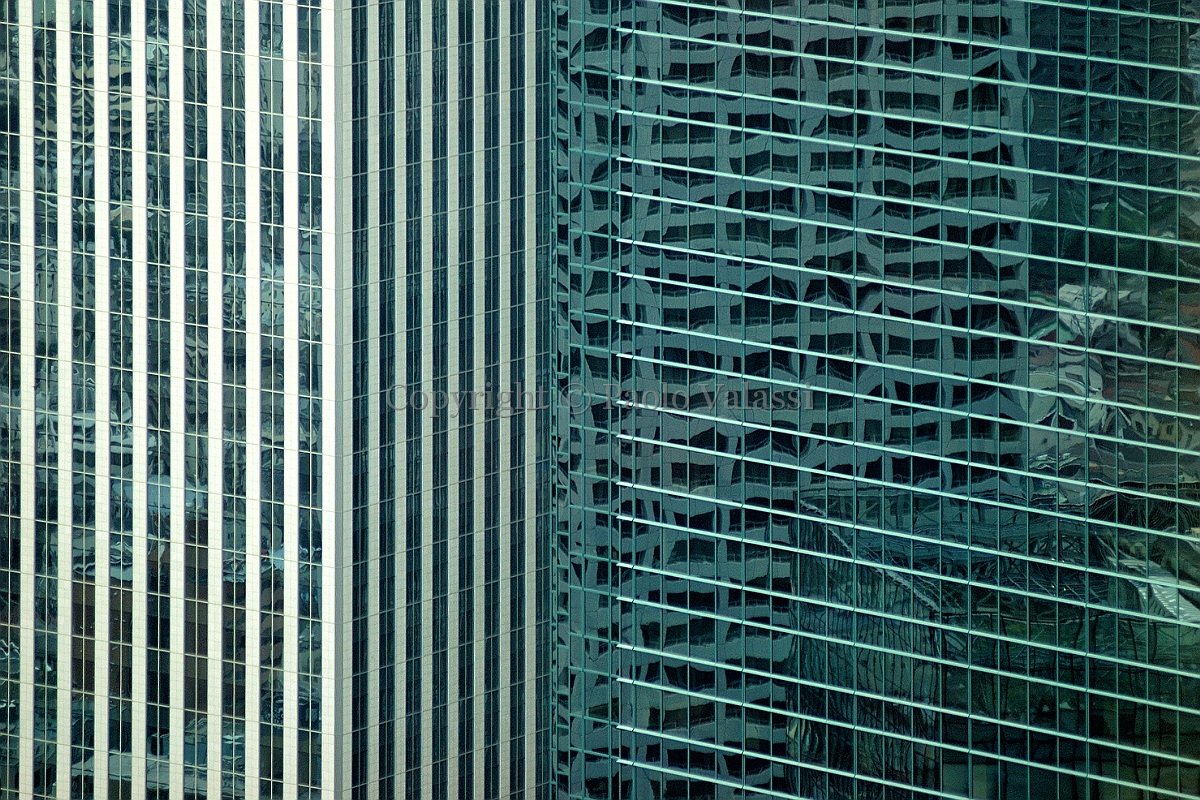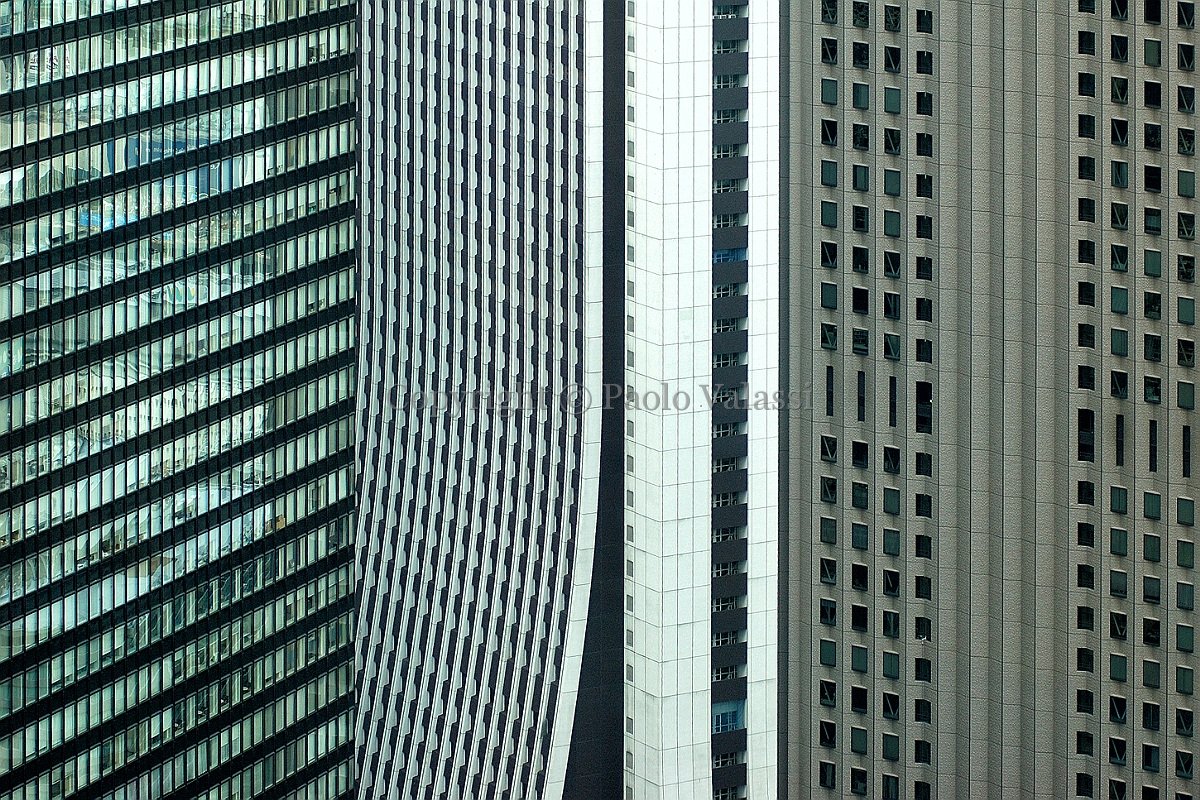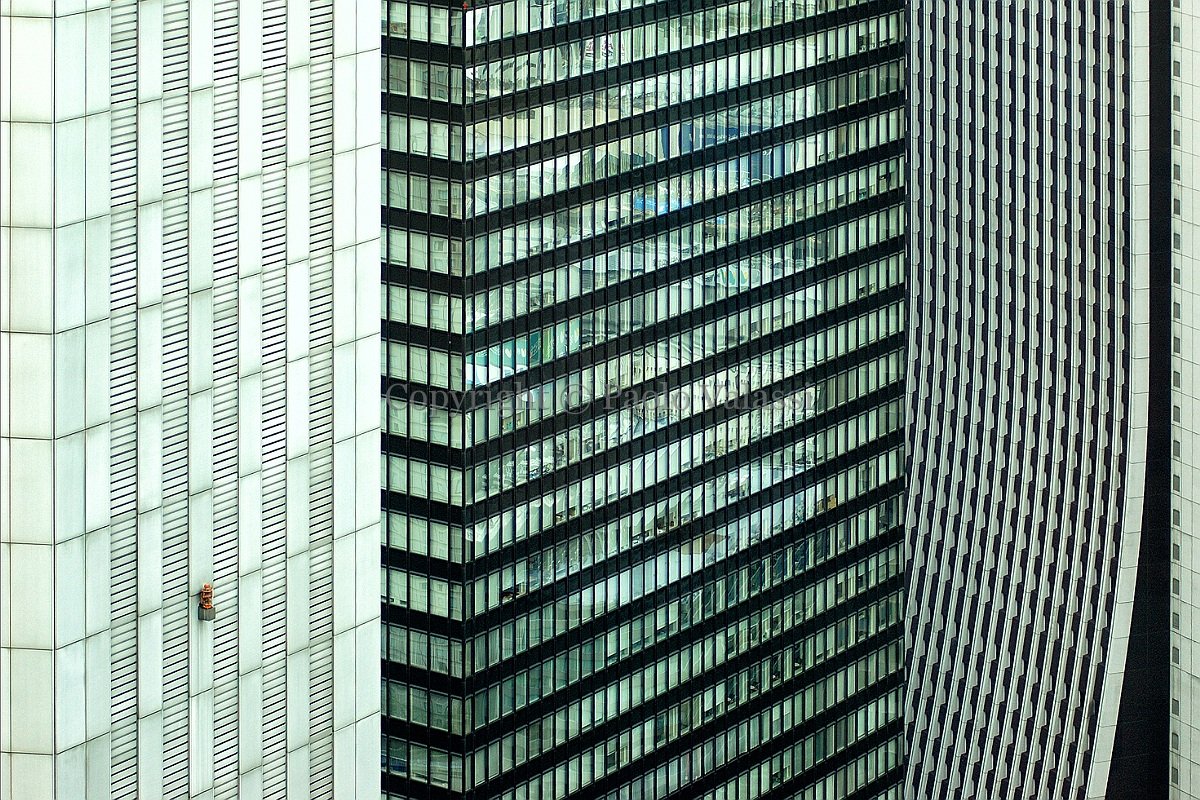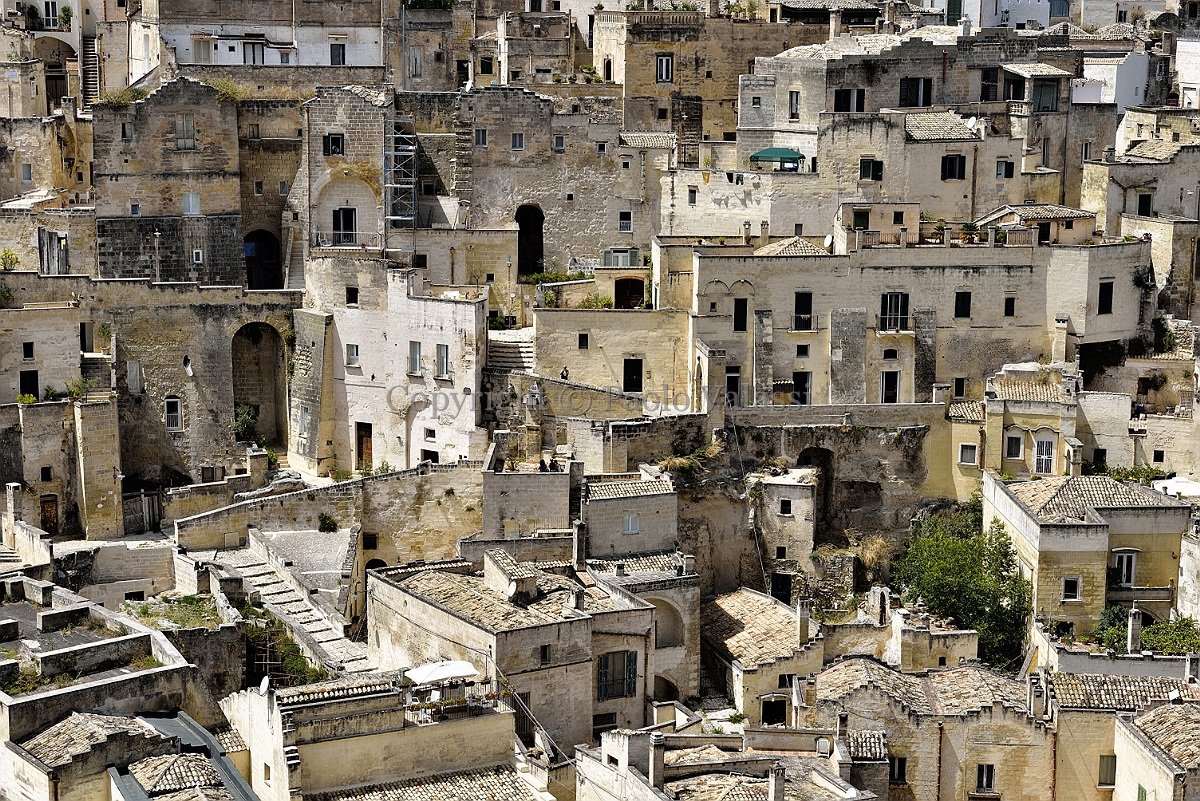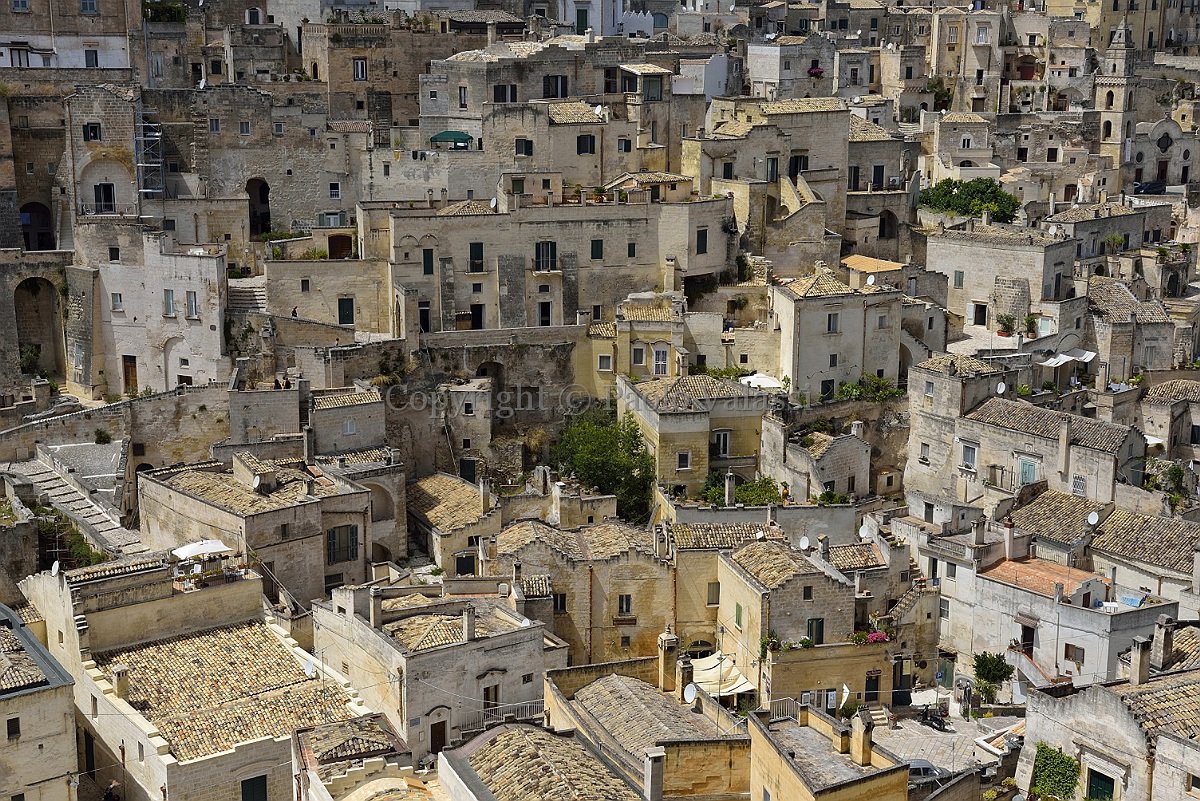There are a number of factors that contribute to wild urbanization. One of the most common is rapid population growth together with the lack of space. As populations increase, more people need places to live, and this can lead to the rapid construction of new housing, often without proper planning or consideration of the environmental impact.
Another cause of wild urbanization is economic development. As economies grow, people move to cities in search of jobs and opportunities. This can lead to a rapid increase in the demand for housing and infrastructure, which can be difficult to meet.
The Hive-Like Skyscrapers of Hong Kong, Shanghai, New York, and Tokyo.
The world's most iconic skylines are often defined by their towering skyscrapers, but some cities take it to another level. Hong Kong, Shanghai, New York, and Tokyo are home to some of the most densely populated and visually striking skyscrapers in the world, often resembling giant beehives.
Hong Kong's skyline is a testament to its status as a global financial hub. The city's towering skyscrapers, often adorned with neon lights and digital billboards, create a mesmerizing spectacle. The sheer density of these buildings, packed tightly together, gives the impression of a vertical metropolis, a hive of activity and commerce.
Shanghai's skyline is a symphony of architectural styles, blending modern designs with traditional Chinese elements. The city's Pudong district is particularly renowned for its futuristic skyscrapers, including the iconic Shanghai World Financial Center and the Shanghai Tower. These buildings, with their sleek lines and soaring heights, create a sense of dynamism and progress.
New York City is the birthplace of the skyscraper, and its skyline is a testament to its pioneering spirit. The city's iconic skyscrapers, such as the Empire State Building and the Chrysler Building, are instantly recognizable. The density of these buildings, particularly in Manhattan, creates a sense of urban energy and excitement.
Tokyo's skyline is a reflection of its unique blend of tradition and modernity. The city's skyscrapers, while impressive, are often interspersed with traditional Japanese architecture, creating a fascinating contrast. Tokyo's skyline is also characterized by its use of green spaces, with many skyscrapers incorporating gardens and parks into their designs.
While not a city of skyscrapers, the Sassi di Matera in Italy offers a fascinating comparison. These ancient cave dwellings, carved into the limestone rocks, resemble a hive in their structure and community layout. Just like bees working together in harmony, the people of Matera have lived in these stone 'cells' for centuries, creating a unique and enduring community.
